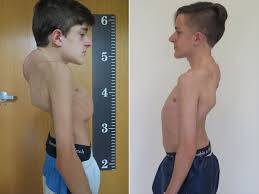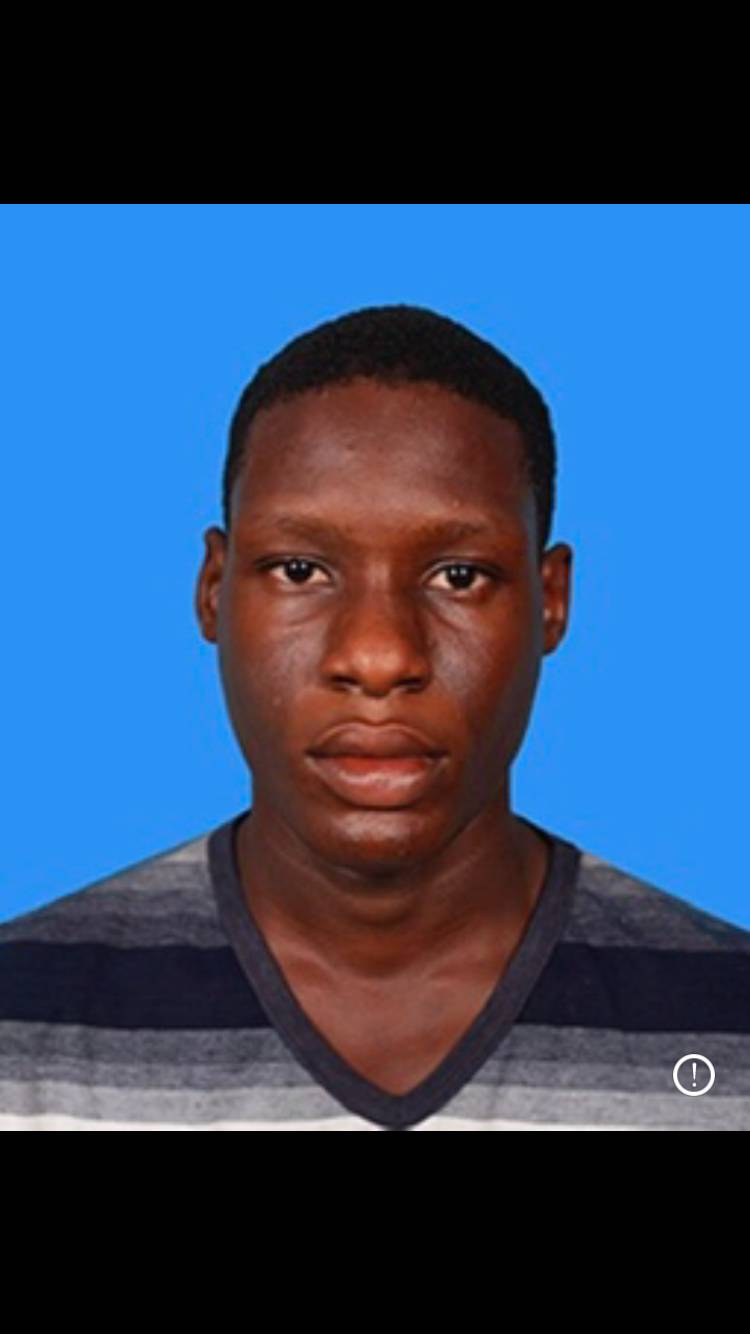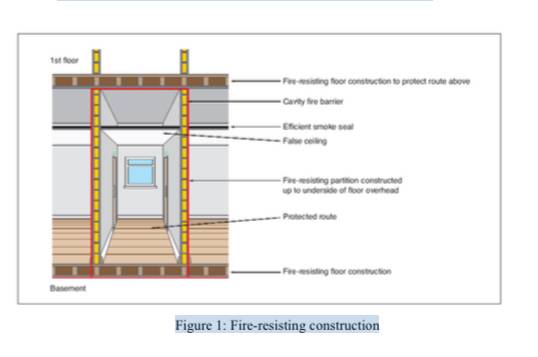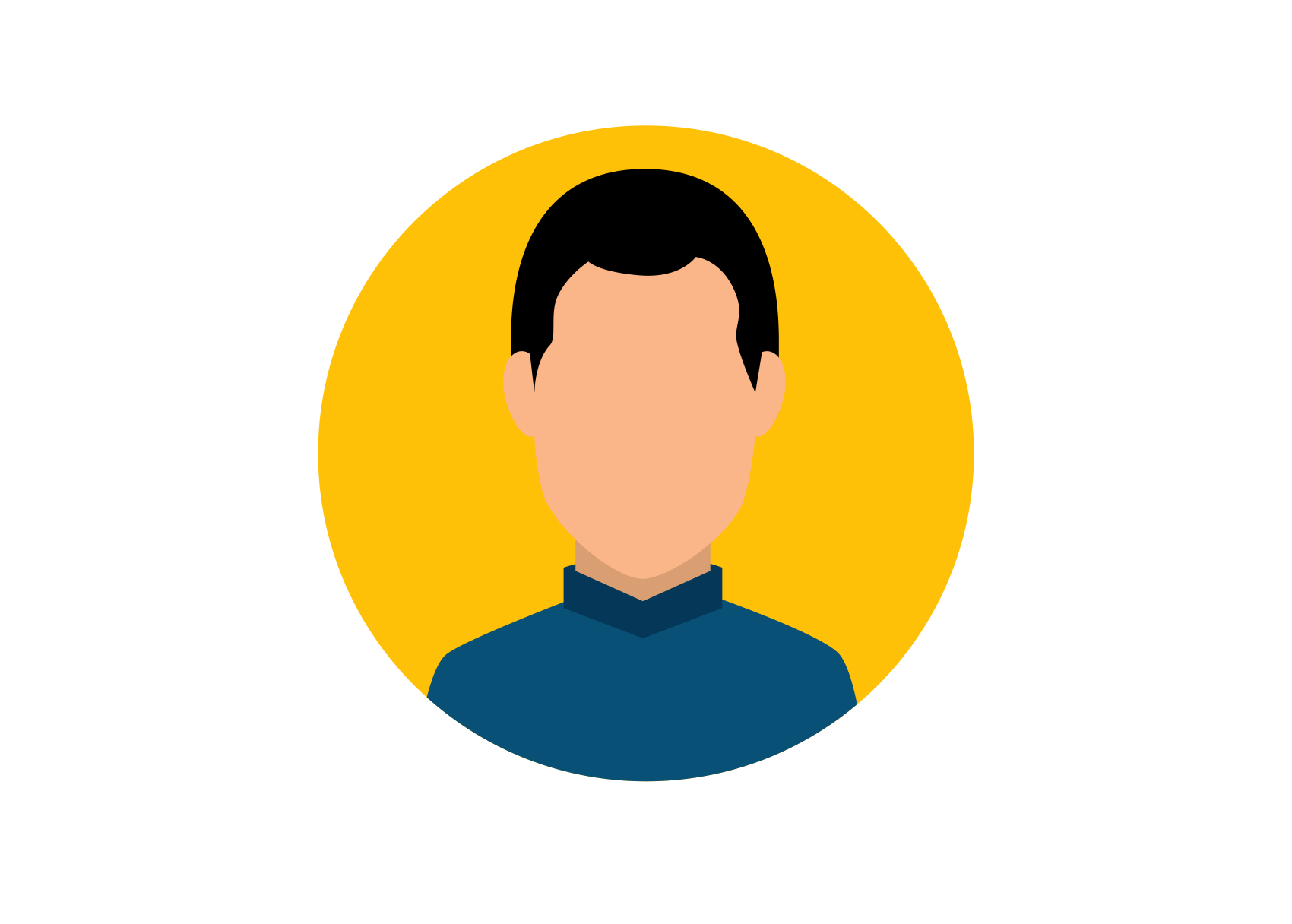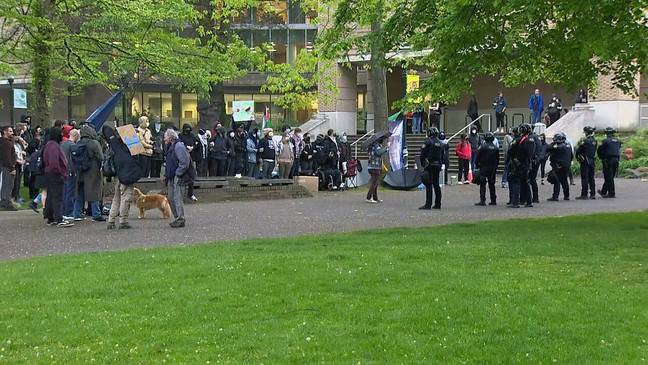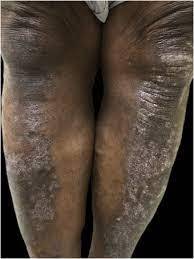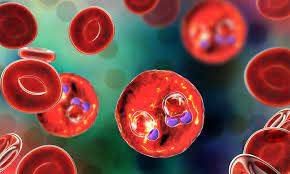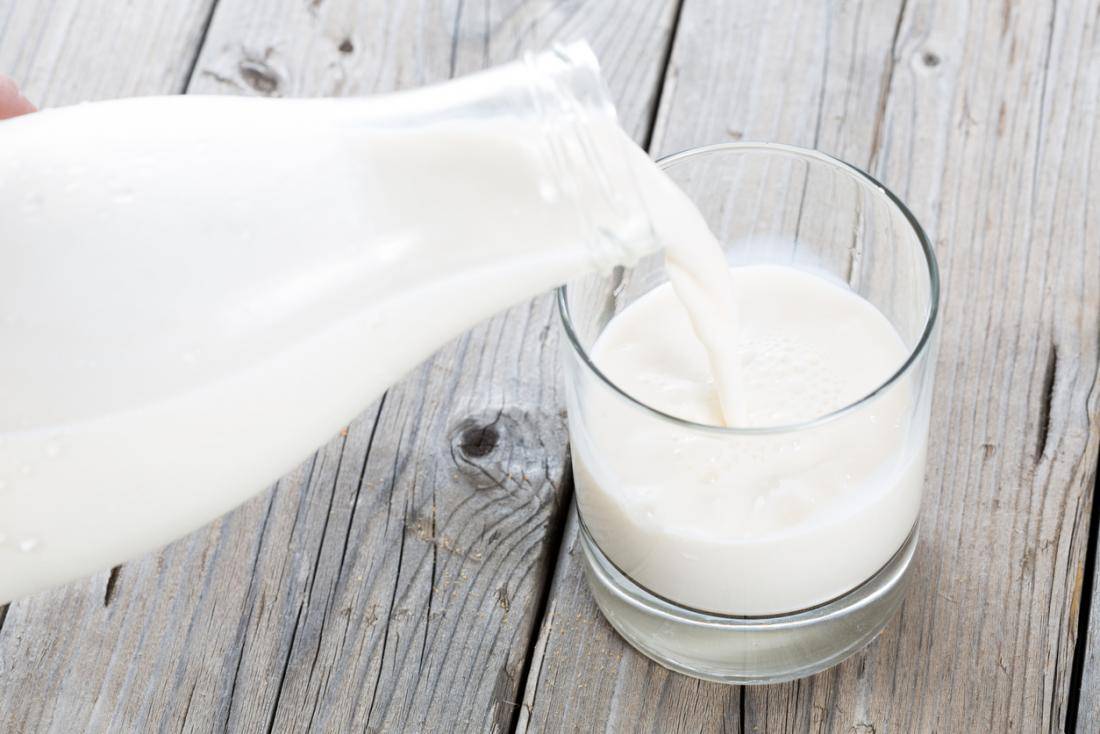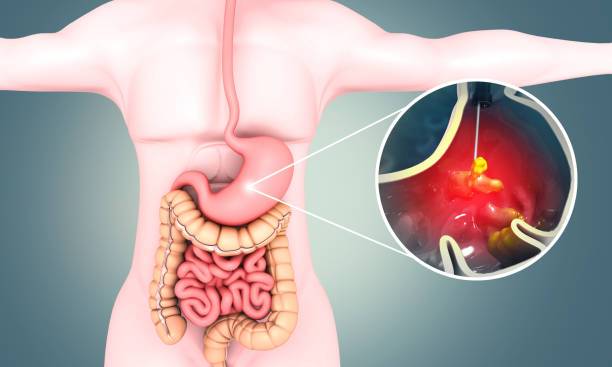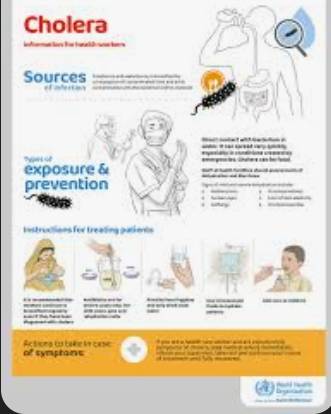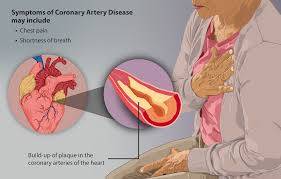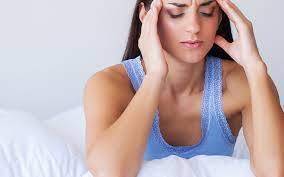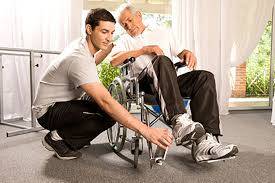Scoliosis: Causes, Symptoms, Diagnosis, and Treatment
Introduction to Scoliosis:
Scoliosis is a medical condition characterized by an abnormal lateral curvature of the spine. This condition affects people of all ages, but it is most commonly diagnosed in children and adolescents during their growth spurt years. While some cases of scoliosis are mild and may not cause any significant health issues, others can be severe and lead to pain, discomfort, and even complications with internal organs if left untreated.
In this comprehensive guide, we will delve into the intricacies of scoliosis, including its causes, symptoms, diagnosis, and treatment options, to provide a better understanding of this condition and how it can be managed effectively.

Understanding the Anatomy of the Spine:
Before delving into scoliosis, it's essential to understand the anatomy of the spine. The spine, also known as the backbone or vertebral column, is composed of a series of bones called vertebrae. These vertebrae are stacked on top of each other and are connected by small joints called facet joints. The spine is divided into several regions, including the cervical (neck), thoracic (upper back), lumbar (lower back), sacral, and coccygeal regions.
In a healthy spine, when viewed from the front or back, it should appear straight. However, in individuals with scoliosis, the spine curves abnormally to one side, forming a "C" or "S" shape. This curvature can occur in any region of the spine but is most commonly found in the thoracic and lumbar regions.
Causes of Scoliosis:
The exact cause of scoliosis is often unknown, especially in cases of idiopathic scoliosis, which is the most common type. Idiopathic scoliosis typically develops during adolescence and has no identifiable cause. However, researchers believe that a combination of genetic, environmental, and neuromuscular factors may contribute to its development.
Other potential causes of scoliosis include:
1. Congenital Scoliosis: This type of scoliosis occurs due to abnormal spinal development in the womb. It is present at birth and may worsen as the child grows.
2. Neuromuscular Scoliosis: Conditions such as cerebral palsy, muscular dystrophy, or spinal cord injuries can lead to muscle imbalance and abnormal spine curvature.
3. Degenerative Scoliosis: As people age, degenerative changes in the spine, such as disc degeneration and arthritis, can cause curvature and instability.
4. Traumatic Scoliosis: Severe injuries to the spine, such as fractures or dislocations, can result in scoliosis.
Symptoms of Scoliosis:
Scoliosis can manifest with various symptoms, which may vary depending on the severity of the curvature and whether it progresses over time. Common signs and symptoms of scoliosis include:
1. Uneven shoulders or waist: One shoulder or hip may appear higher than the other.
2. Uneven rib cage: The ribs may protrude more on one side of the body than the other.
3. Visible spine curvature: When bending forward, the curvature of the spine may be noticeable.
4. Back pain or discomfort: Some individuals with scoliosis may experience back pain, particularly if the curvature is severe.
5. Breathing difficulties: In severe cases, scoliosis can compress the chest cavity, leading to breathing difficulties.
It's important to note that not all individuals with scoliosis experience symptoms, especially in mild cases. Therefore, regular screenings by healthcare professionals are crucial for early detection and intervention.
Diagnosis of Scoliosis:
Diagnosing scoliosis typically involves a combination of medical history review, physical examination, and imaging tests. During a physical exam, the healthcare provider will assess the patient's posture, spinal alignment, and range of motion. They may also perform the Adam's forward bend test, where the patient bends forward at the waist while the examiner observes the curvature of the spine.
If scoliosis is suspected, the following imaging tests may be ordered to confirm the diagnosis and evaluate the severity of the curvature:
1. X-rays: X-rays provide detailed images of the spine, allowing healthcare providers to measure the degree of curvature and assess its location and severity.
2. MRI or CT scans: In some cases, additional imaging tests such as magnetic resonance imaging (MRI) or computed tomography (CT) scans may be necessary to evaluate the spinal cord, nerves, and surrounding structures for any abnormalities.
Classification of Scoliosis:
Scoliosis can be classified based on various factors, including the age of onset, cause, and severity of the curvature. The most common classification system used is based on the age of onset:
1. Infantile Scoliosis: Occurs in children under the age of three.
2. Juvenile Scoliosis: Develops between the ages of three and nine.
3. Adolescent Scoliosis: Onset is typically between the ages of ten and eighteen.
4. Adult Scoliosis: Diagnosed in individuals over the age of eighteen.
Additionally, scoliosis can be classified based on the shape and location of the curvature, such as:
1. Thoracic Scoliosis: Curvature occurs primarily in the thoracic region (upper back).
2. Lumbar Scoliosis: Curvature occurs primarily in the lumbar region (lower back).
3. Thoracolumbar Scoliosis: Curvature spans both the thoracic and lumbar regions.
4. Double Major Scoliosis: Characterized by two primary curves in different regions of the spine.
Treatment Options for Scoliosis:
The treatment approach for scoliosis depends on several factors, including the patient's age, the severity of the curvature, and any associated symptoms or complications. Treatment options may include:
1. Observation: In cases of mild scoliosis with no progression, regular monitoring by healthcare professionals may be recommended to assess any changes in the curvature over time.
2. Bracing: For adolescents with moderate scoliosis and significant growth potential, bracing may be prescribed to help prevent further progression of the curvature. Braces are typically worn for several hours each day and are most effective when used during periods of rapid growth.
3. Physical Therapy: Physical therapy exercises focused on strengthening the muscles surrounding the spine can help improve posture, reduce pain, and increase flexibility in individuals with scoliosis.
4. Surgical Intervention: In severe cases of scoliosis where the curvature is progressive and causing significant symptoms or complications, surgical intervention may be necessary. Spinal fusion surgery is the most common surgical procedure performed for scoliosis, where metal rods, screws, and bone grafts are used to straighten and stabilize the spine.
5. Alternative Therapies: Some individuals with scoliosis may benefit from alternative therapies such as chiropractic care, acupuncture, or yoga to alleviate symptoms and improve spinal alignment. However, it's essential to consult with a healthcare professional before pursuing any alternative treatments.
Living with Scoliosis:
Living with scoliosis can pose physical, emotional, and social challenges for affected individuals. However, with proper management and support, many people with scoliosis can lead active and fulfilling lives. Here are some tips for living well with scoliosis:
1. Maintain a Healthy Lifestyle: Eating a balanced diet, staying physically active, and avoiding smoking can help promote overall spine health and reduce the risk of complications associated with scoliosis.
2. Practice Good Posture: Practicing good posture habits,
such as sitting and standing tall with shoulders back and chin up, can help alleviate back pain and prevent further curvature progression.
3. Seek Support: Joining support groups or connecting with others who have scoliosis can provide valuable emotional support, encouragement, and practical tips for managing the condition.

4. Stay Informed: Educate yourself about scoliosis, including its causes, treatment options, and potential complications, to make informed decisions about your healthcare.
Conclusion:
Scoliosis is a complex spinal condition that can affect individuals of all ages, from children to adults. While the exact cause of scoliosis remains unknown in many cases, early detection and intervention are crucial for preventing progression and managing associated symptoms. By understanding the causes, symptoms, diagnosis, and treatment options for scoliosis, individuals and healthcare professionals can work together to optimize patient outcomes and improve quality of life for those affected by this condition.
 blogpay
blogpay


